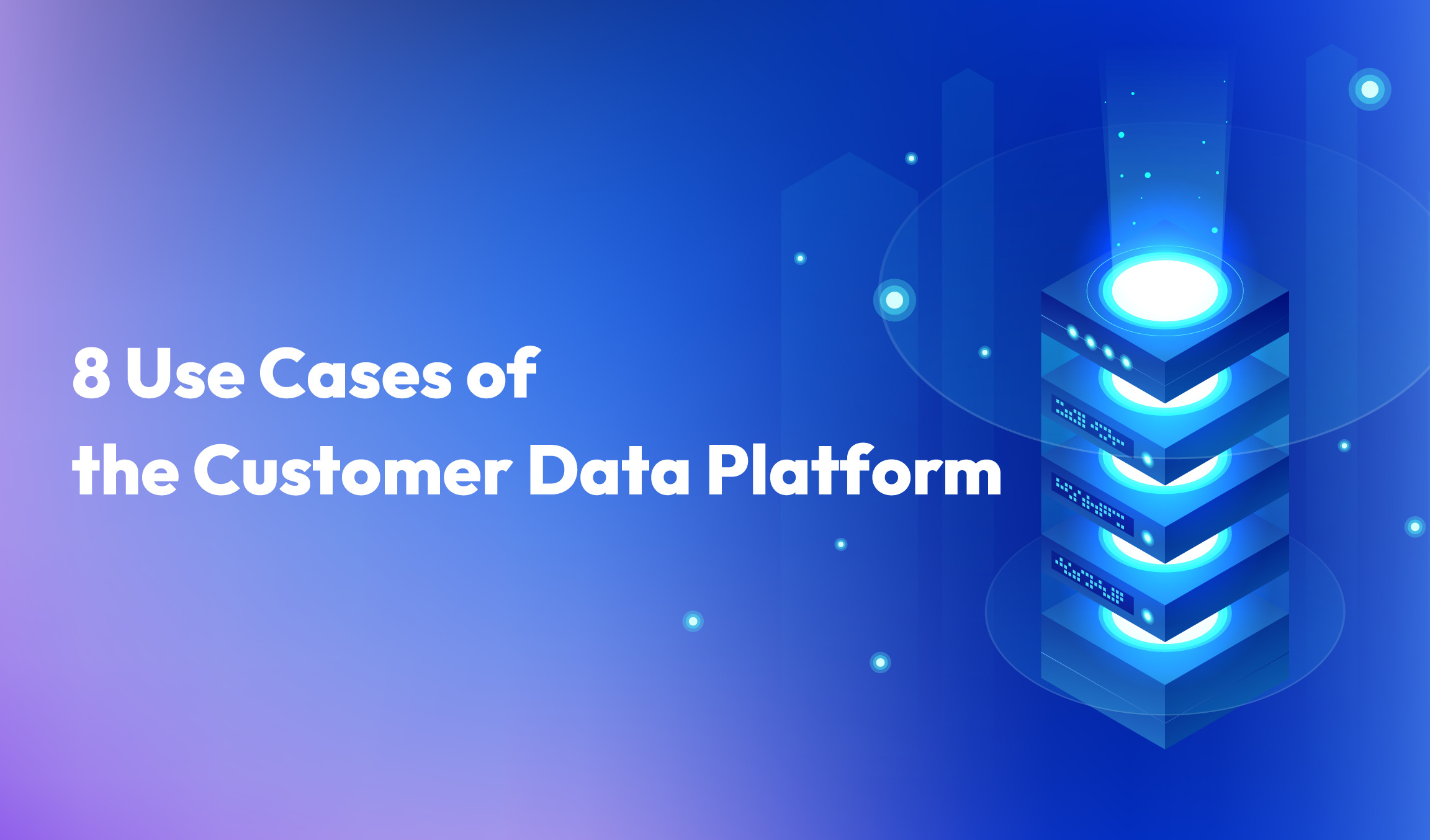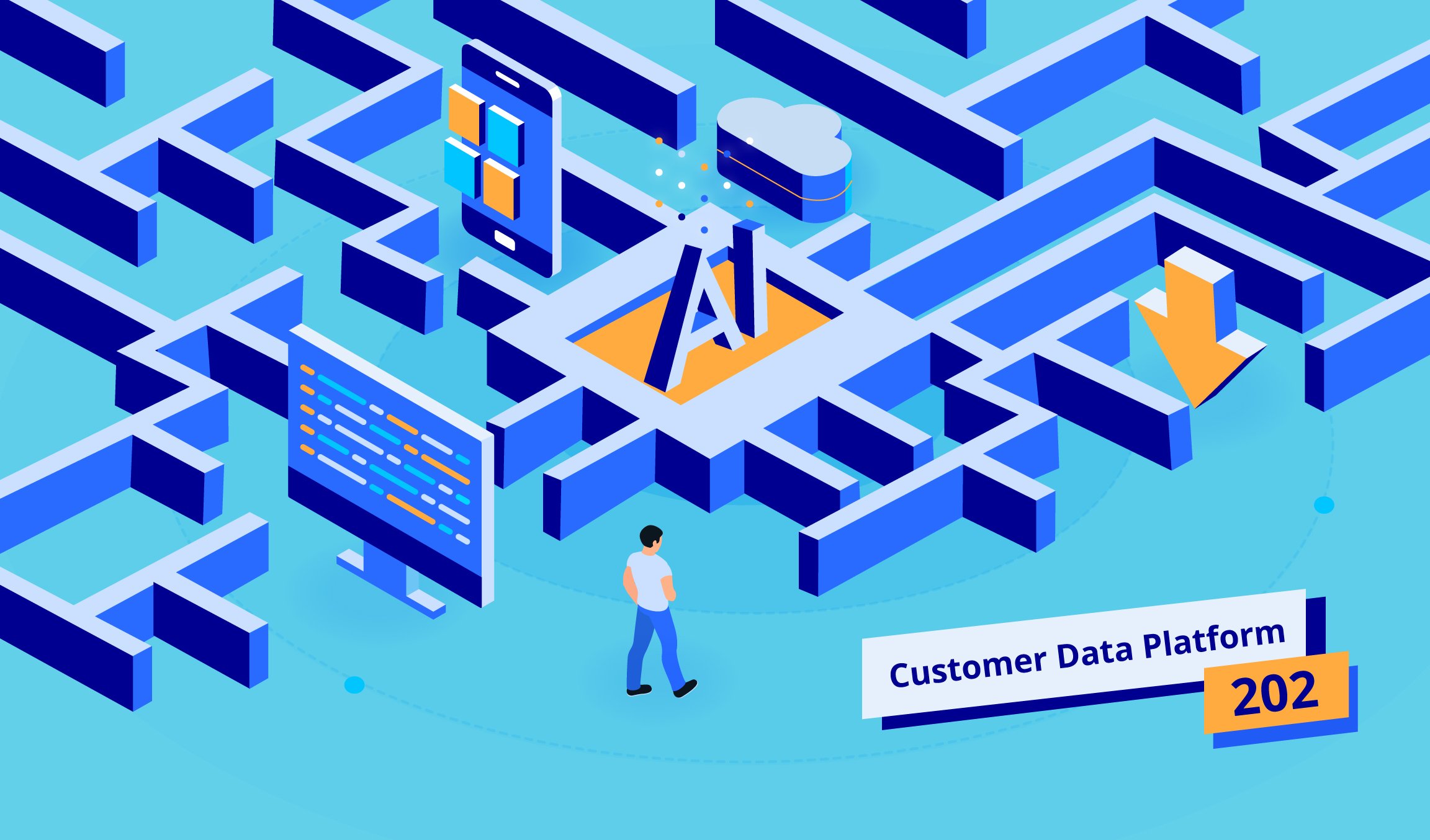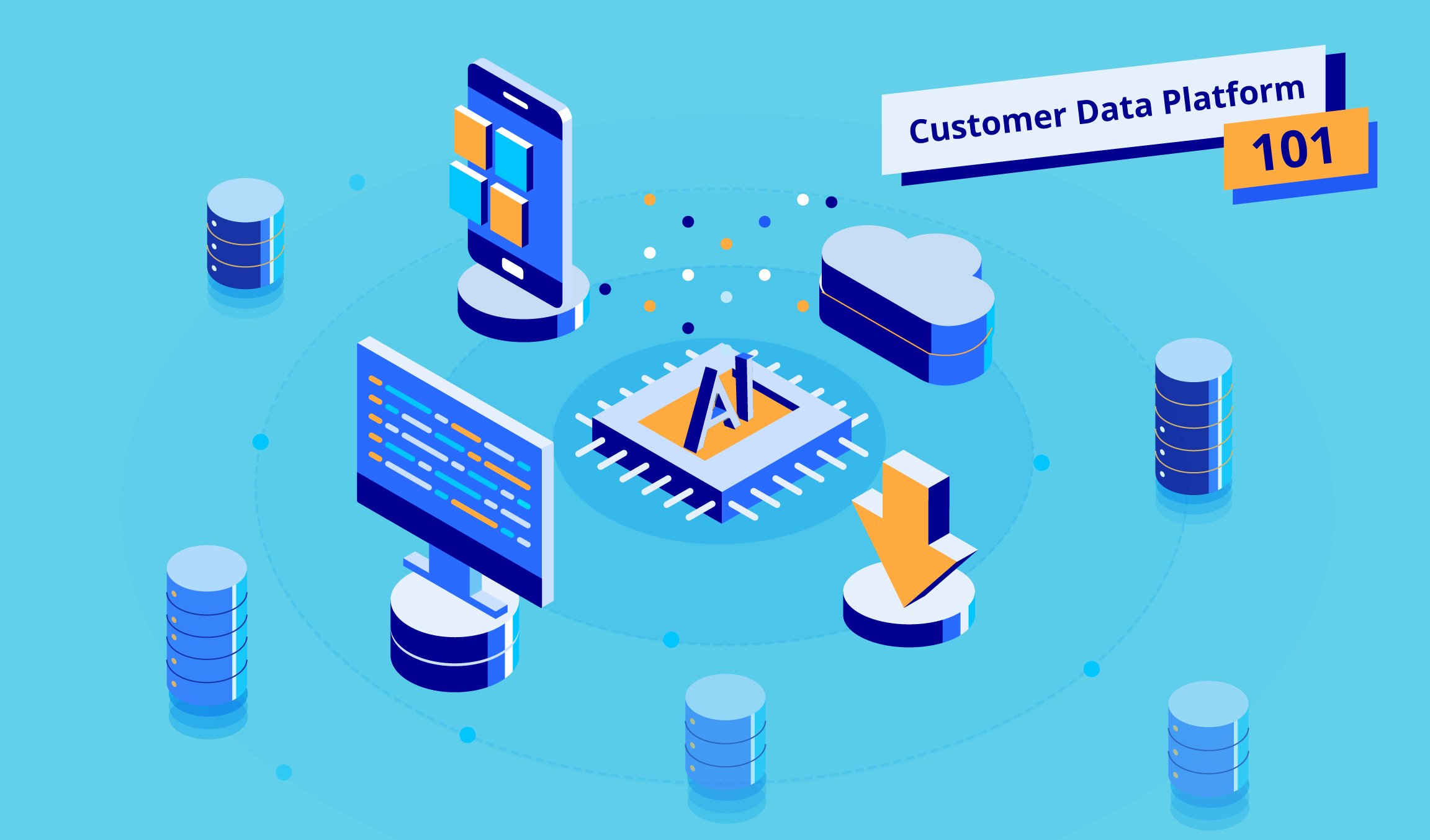5 min read
Regression analysis is an incredibly powerful machine learning tool used for analyzing data. Here we will explore how it works, what the main types are and what it can do for your business.
What Is Regression in Machine Learning?
Regression analysis is a way of predicting future happenings between a dependent (target) and one or more independent variables (also known as a predictor). For example, it can be used to predict the relationship between reckless driving and the total number of road accidents caused by a driver, or, to use a business example, the effect on sales and spending a certain amount of money on advertising.
Regression is one of the most common models of machine learning. It differs from classification models because it estimates a numerical value, whereas classification models identify which category an observation belongs to.
The main uses of regression analysis are forecasting, time series modeling and finding the cause and effect relationship between variables.
Why Is It Important?
Regression has a wide range of real-life applications. It is essential for any machine learning problem that involves continuous numbers – this includes, but is not limited to, a host of examples, including:
- Financial forecasting (like house price estimates, or stock prices)
- Sales and promotions forecasting
- Testing automobiles
- Weather analysis and prediction
- Time series forecasting
As well as telling you whether a significant relationship exists between two or more variables, regression analysis can give specific details about that relationship. Specifically, it can estimate the strength of impact that multiple variables will have on a dependent variable. If you change the value of one variable (price, say), regression analysis should tell you what effect that will have on the dependent variable (sales).
Businesses can use regression analysis to test the effects of variables as measured on different scales. With it in your toolbox, you can assess the best set of variables to use when building predictive models, greatly increasing the accuracy of your forecasting.
Finally, regression analysis is the best way of solving regression problems in machine learning using data modeling. By plotting data points on a chart and running the best fit line through them, you can predict each data point’s likelihood of error: the further away from the line they lie, the higher their error of prediction (this best fit line is also known as a regression line).
What Are the Different Types of Regression?
1. Linear regression
One of the most basic types of regression in machine learning, linear regression comprises a predictor variable and a dependent variable related to each other in a linear fashion. Linear regression involves the use of a best fit line, as described above.
You should use linear regression when your variables are related linearly. For example, if you are forecasting the effect of increased advertising spend on sales. However, this analysis is susceptible to outliers, so it should not be used to analyze big data sets.
2. Logistic regression
Does your dependent variable have a discrete value? In other words, can it only have one of two values (either 0 or 1, true or false, black or white, spam or not spam, and so on)? In that case, you might want to use logistic regression to analyze your data.
Logistic regression uses a sigmoid curve to show the relationship between the target and independent variables. However, caution should be exercised: logistic regression works best with large data sets that have an almost equal occurrence of values in target variables. The dataset should not contain a high correlation between independent variables (a phenomenon known as multicollinearity), as this will create a problem when ranking the variables.
3. Ridge regression
If, however, you do have a high correlation between independent variables, ridge regression is a more suitable tool. It is known as a regularization technique, and is used to reduce the complexity of the model. It introduces a small amount of bias (known as the ‘ridge regression penalty’) which, using a bias matrix, makes the model less susceptible to overfitting.
4. Lasso regression Like ridge regression, lasso regression is another regularization technique that reduces the model’s complexity. It does so by prohibiting the absolute size of the regression coefficient. This causes the coefficient value to become closer to zero, which does not happen with ridge regression.
The advantage? It can use feature selection, letting you select a set of features from the dataset to build the model. By only using the required features – and setting the rest as zero – lasso regression avoids overfitting.
5. Polynomial regression
Polynomial regression models a non-linear dataset using a linear model. It is the equivalent of making a square peg fit into a round hole. It works in a similar way to multiple linear regression (which is just linear regression but with multiple independent variables), but uses a non-linear curve. It is used when data points are present in a non-linear fashion.
The model transforms these data points into polynomial features of a given degree, and models them using a linear model. This involves best fitting them using a polynomial line, which is curved, rather than the straight line seen in linear regression. However, this model can be prone to overfitting, so you are advised to analyze the curve towards the end to avoid odd-looking results.
There are more types of regression analysis than those listed here, but these five are probably the most commonly used. Make sure you pick the right one, and it can unlock the full potential of your data, setting you on the path to greater insights.



